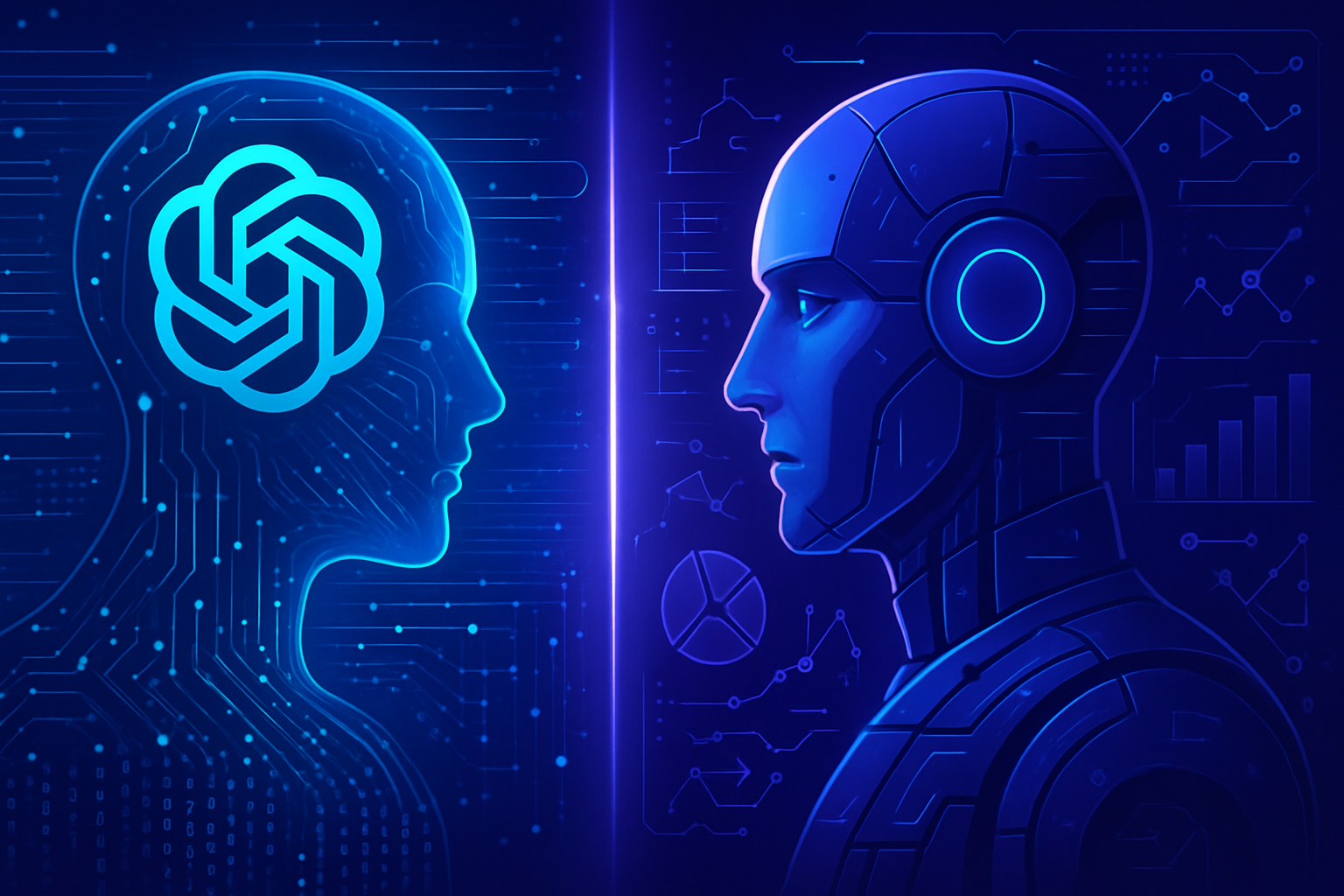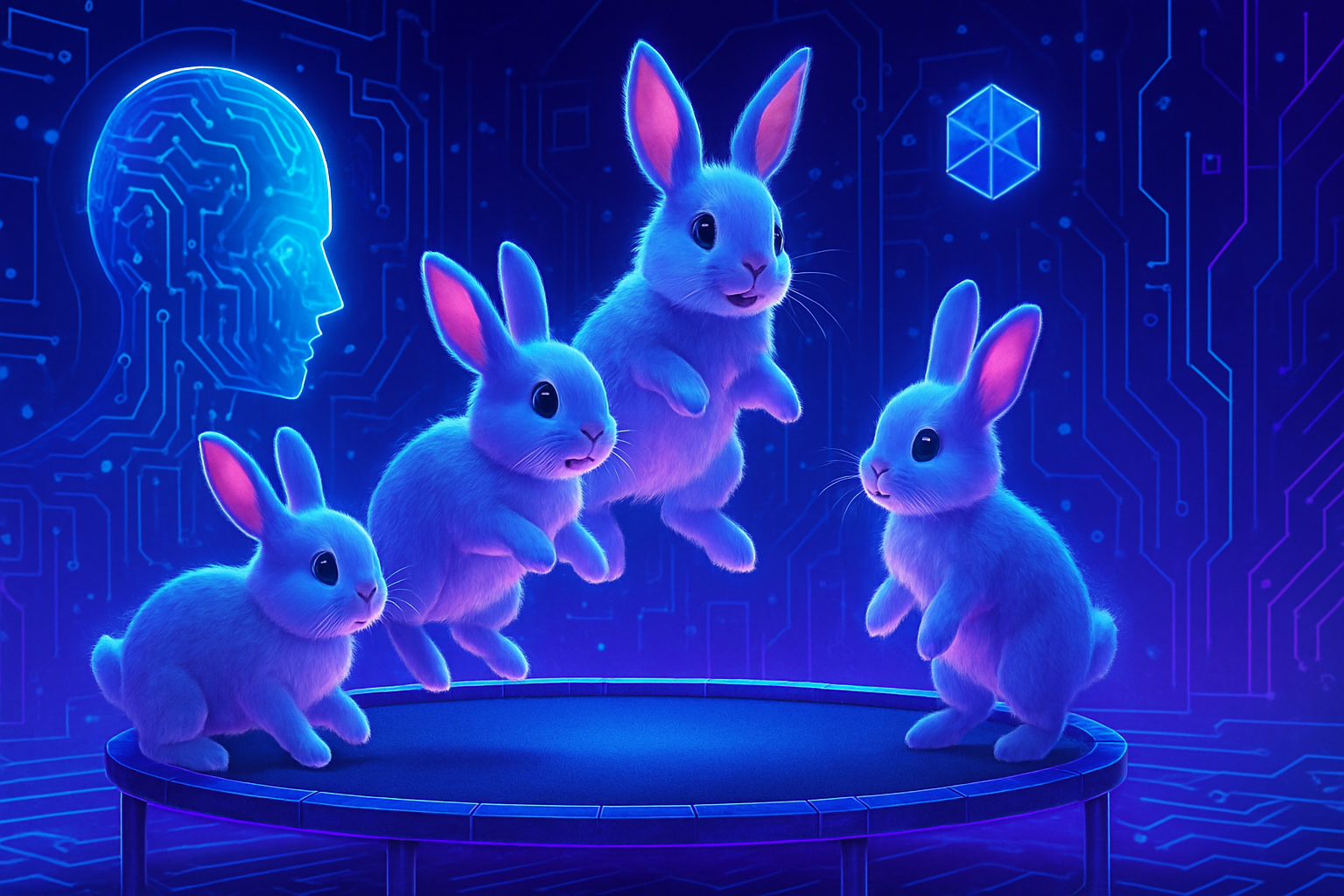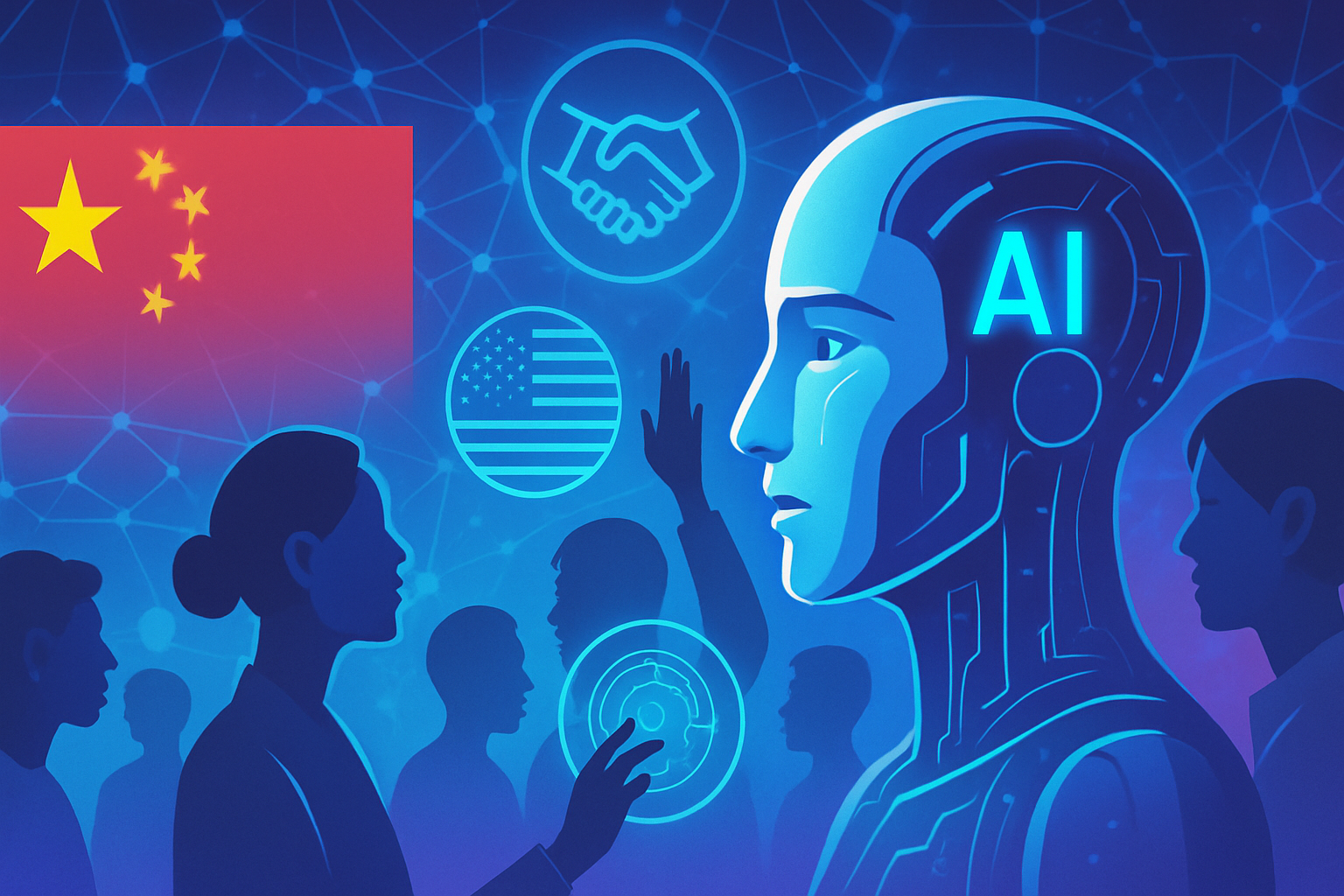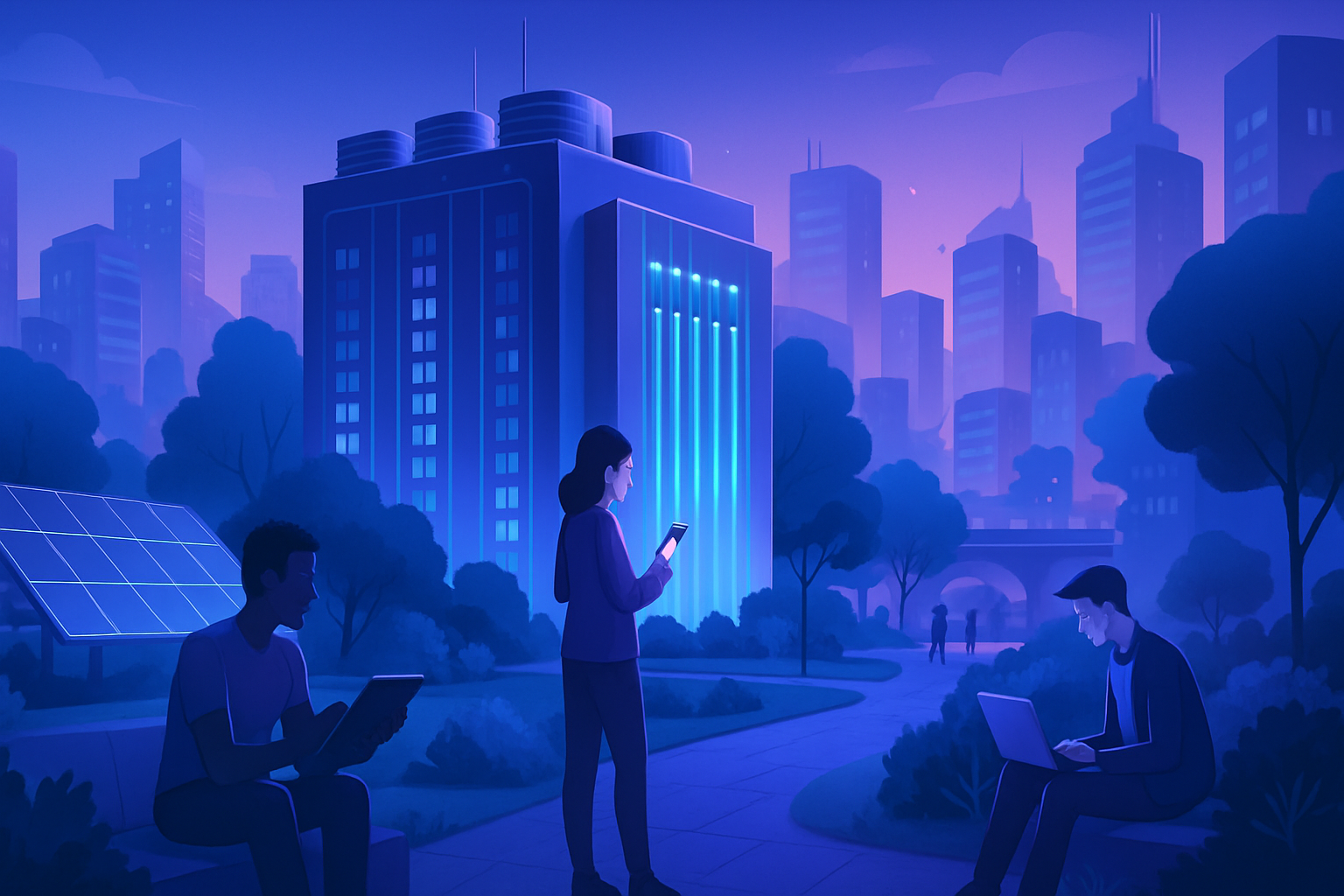ChatGPT and Google’s AI represent two distinct paradigms. Each platform shapes responses to queries according to opposing logics. This contrast reveals major strategic issues for users and brands. By scrutinizing the differences, we discover how each tool responds to the needs for action or information. The implications of this divergence are significant for the future of online research and the creation of relevant content.
Disparities in the Responses of the Two AIs
A study conducted by BrightEdge highlights a marked divergence between ChatGPT and Google’s AI mode. Through an in-depth analysis of thousands of queries across four sectors—health, finance, education, and B2B tech—researchers scrutinized the responses provided by both platforms.
When a query pertains to concrete actions, the two systems react differently. ChatGPT, with its GPT-4 model, favors recommendations for tools and applications. In contrast, Google’s AI mode directs users to explanatory content and guides. Users navigate varied results depending on their specific intentions.
ChatGPT’s Approach: Action-Oriented
ChatGPT stands out with a directly execution-oriented approach. When a user asks how to accomplish a task, they receive concrete suggestions. For example, for the question “how to learn Python,” ChatGPT may recommend platforms such as Udemy. This operational model effectively meets the need for quick actions.
The study’s data reveals that this inclination towards action primarily concerns queries aimed at execution. By providing recommendations for specific tools, ChatGPT facilitates immediate implementation by the user.
Google’s Responses: Focused on Information
On its side, Google continues to favor an information-centered approach. When a query is posed, the AI redirects to more traditional resources, such as articles from recognized entities. For example, when searching for how to find a doctor, Google directs users to hospital directories, while ChatGPT will mention platforms like Zocdoc.
This method reinforces the idea that Google acts as a documentary companion. As such, users seeking immediate answers may feel frustrated by this approach, which is slower and aimed at discovery rather than action.
Measured Divergence by Sector
The study’s results illustrate divergence rates depending on the sectors analyzed. The health sector shows the highest divergence rate, reaching 62%. For example, when asked “how to create a budget,” ChatGPT suggests using applications like Mint, whereas Google redirects to financial resource articles.
In the B2B field, the divergence reaches 47%. For queries such as “how to deploy an application,” ChatGPT suggests using technical tools like Kubernetes or AWS CLI, while Google prioritizes help pages or forums like Stack Overflow. This analysis reveals different behavioral patterns among users.
Implications for Brands and Publishers
This duality in AI responses brings new strategic considerations for brands and publishers. With Google accounting for nearly 90% of the market, the rise of generative AIs like ChatGPT is reshaping the landscape of online research. Brands must adapt to this change.
BrightEdge notes that ChatGPT mentions specific brands twice as often as Google, particularly in the context of queries containing an intention to act. This phenomenon encourages companies to produce content that is not only informative but also action-oriented.
Brands and publishers thus face a need to optimize their content according to emerging search models. Gaining visibility now requires anticipating how different AIs will process content to capture users’ attention.
For more information on this topic, check out this interesting link: the tech giants.
Frequently Asked Questions
What is the main difference between ChatGPT and Google’s AI mode?
The main difference lies in their approach to queries. ChatGPT favors execution by directly recommending tools or services, while Google’s AI mode focuses on providing informational content and explanatory resources.
How does each AI respond to requests for tool recommendations?
ChatGPT offers specific recommendations for tools suited to the task, whereas Google’s AI mode generally redirects to articles or general guides that explain the available options.
In which sector does ChatGPT provide the most different responses compared to Google?
According to the study, the health sector exhibits the highest divergence rate, with 62% of responses varying between the two AIs.
How do ChatGPT and Google react when a user asks for financial service options?
For queries such as “how to create a budget,” ChatGPT suggests applications like Mint or YNAB, while Google offers help articles or comparison sites like NerdWallet.
What are the implications for brands regarding these differences in response between ChatGPT and Google?
Brands need to adjust their content strategy, as ChatGPT’s responses tend to include specific brands equally in action requests, unlike Google, which remains more focused on exploratory content.
Does ChatGPT provide responses tailored to the needs of B2B users?
Yes, in the B2B field, ChatGPT often recommends specific technical tools like Kubernetes or AWS CLI, while Google redirects to help pages or forums like Stack Overflow.
Do both AIs agree on the dominant players in the education market?
Yes, both platforms agree on major players like Coursera, edX, and LinkedIn Learning when it comes to comparing learning options.
What is the general trend of ChatGPT’s responses compared to those of Google for action-oriented queries?
ChatGPT tends to actively recommend tools and applications directly, while Google continues to focus on providing complementary and explanatory information.






